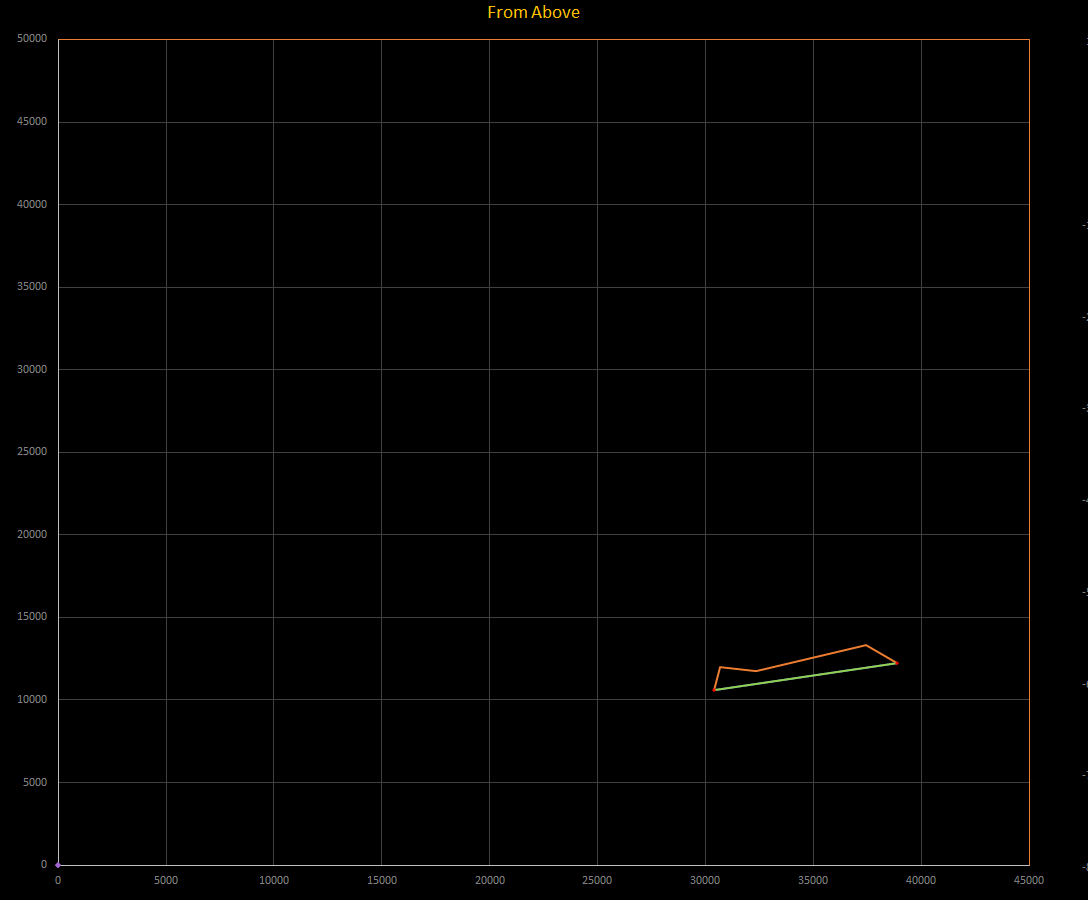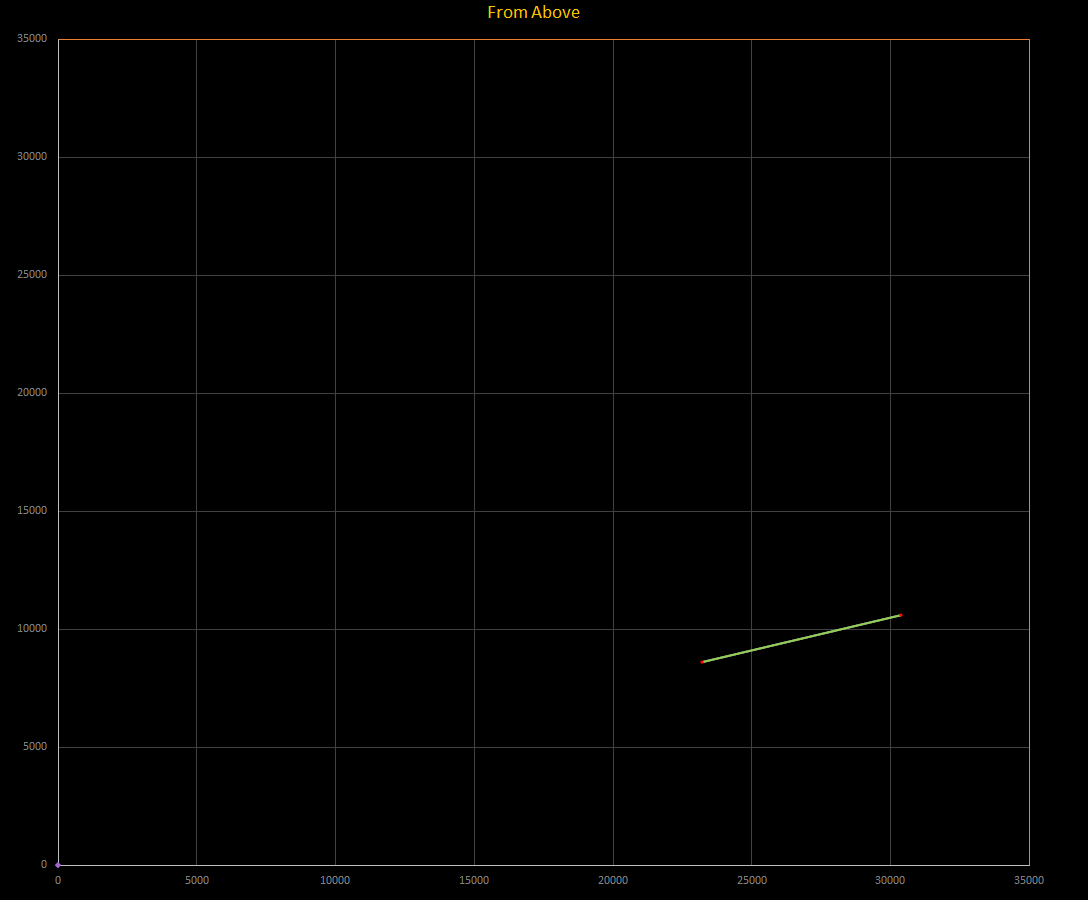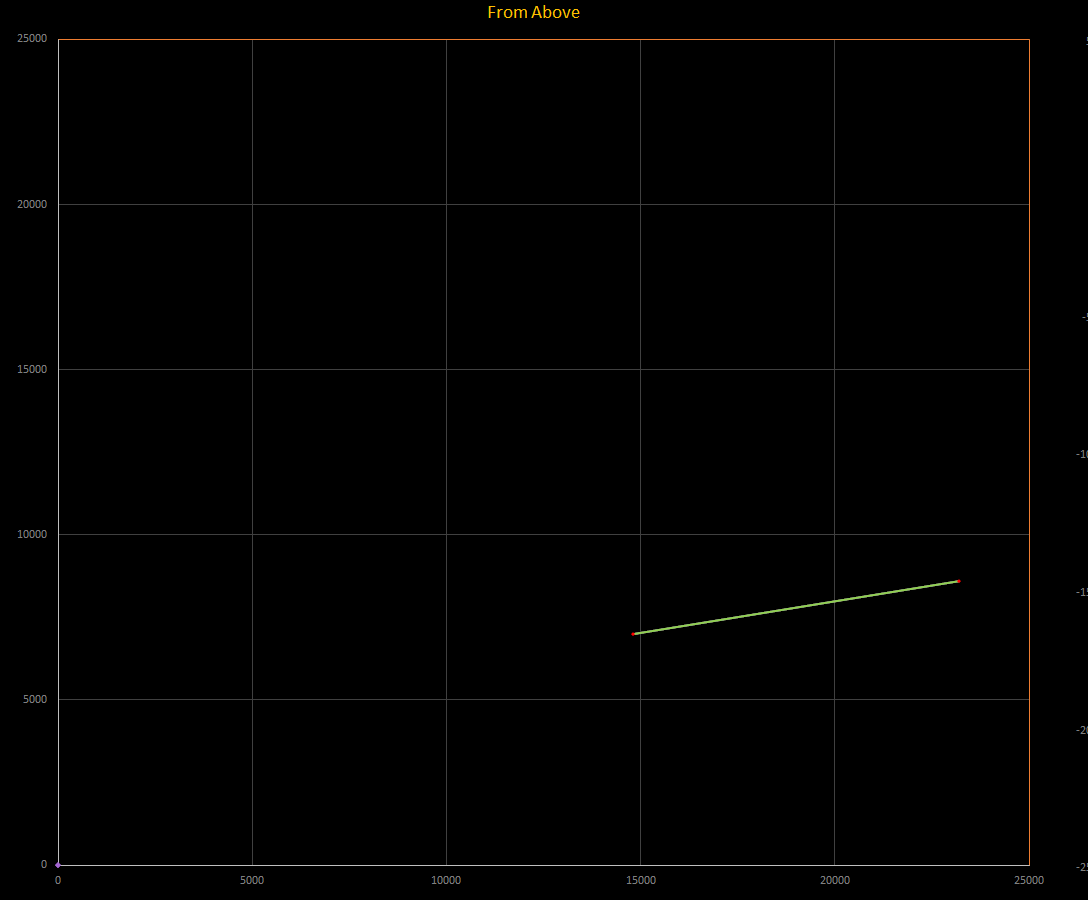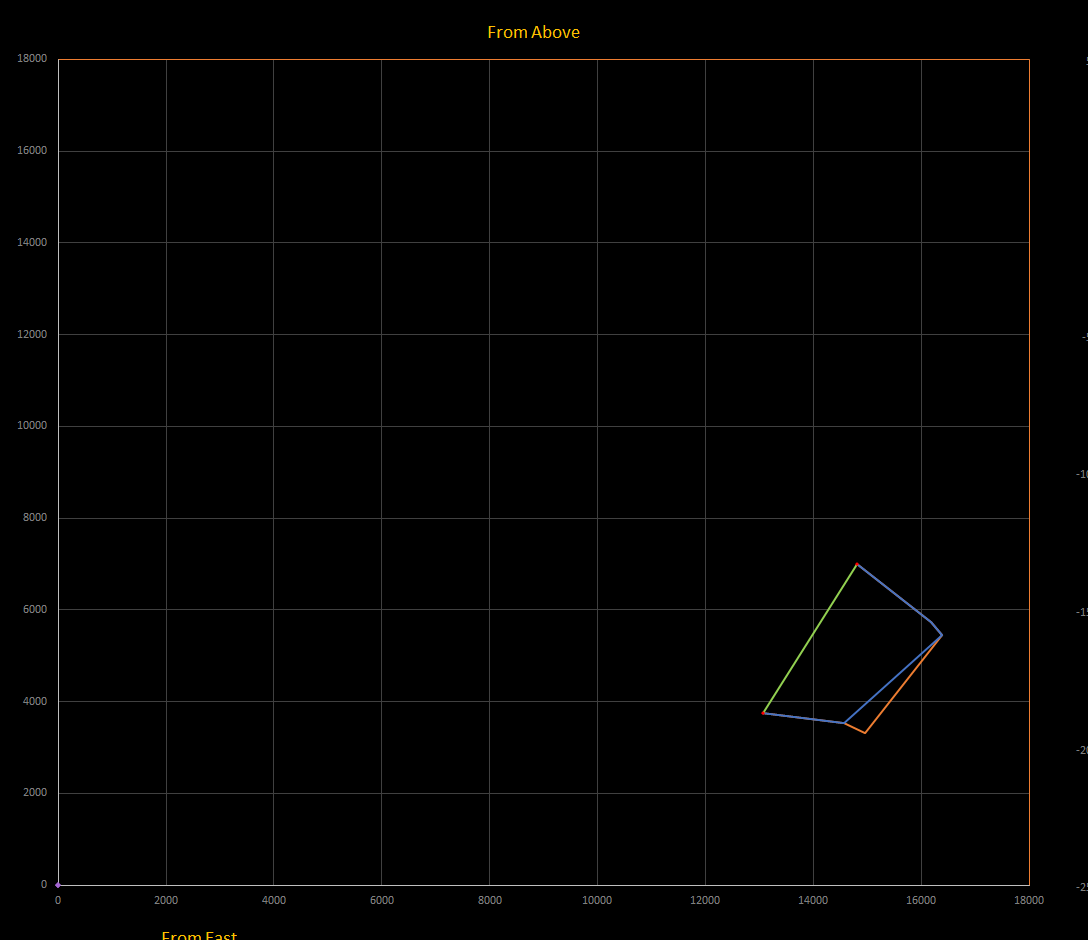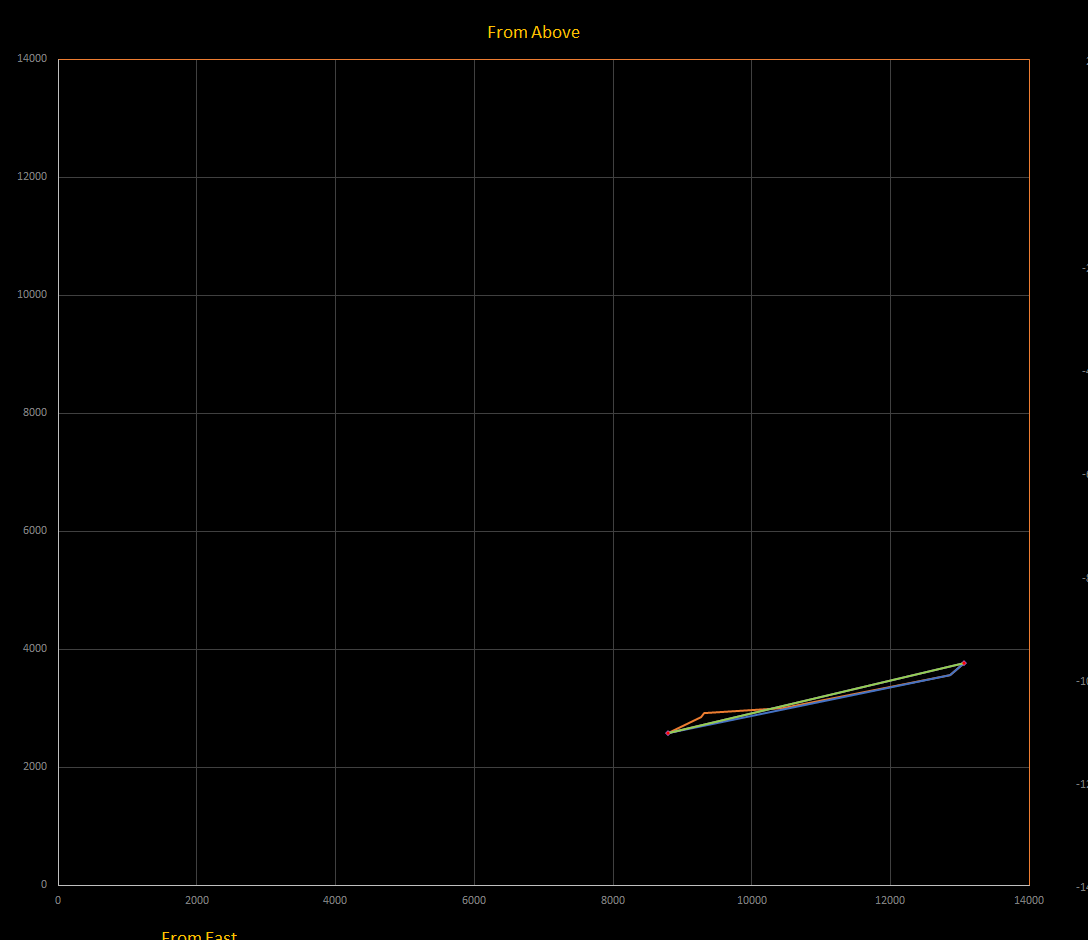For leg 2 we will be visiting various sights along the western side of the human populated bubble.
- Anchors
Dates
Start Date: January 26, 2025
End Date: February 2, 2025
Distances
Basecamp Line: 1,768.04 Ly
Main Waypoints: 2,657.83 Ly
Map, (click for full size):

Basecamp: NGC 752 DLM 167a
Main Waypoints
- Map References quick reference list, more details below
- Segin
- HIP 3289
- California Sector BV-Y c7
- Menkib
- ASR 27
- NGC 752 DLM 167a
Main Waypoints Details
- Map Reference: Segin
- Segin, also known as Epsilon Cassiopeiae is one of the stars acting as a point for the Cassiopeiae constellation, one of the ends of the constellation. It is categorized as a B3 V star, although it displays the spectral properties of a Herbig Be star. The difference in spectrum is attributed to a shell of gas that has been thrown off by the star. It has a radius roughly 6x the size of our sun, 9x the mass, but 3000x the radiation. The Hipparcos mission determined due to it’s space velocity that it is very likely to be a member of the Casseiopeiae-Taurus Group, an OB association of co-moving stars.
- SIMBAD Link
- EDSM Link
- Map Reference: HIP 3289
- POI: LBN 623
- LBN 623 Nebula, also known as IC 59, is a dark purple emission nebula. It has also been called the Gamma Cassiopeiae nebula due to visual proximity of that bright star and the nebula as seen from old Earth. It is the nearest photodissociation region to our solar system. Photodissociation regions are regions of interstellar medium where far-ultraviolet photons strongly influence the gas chemistry and act as the most important source of heat. They occur in any region of interstellar gas that is dense and coldenough to remain neutral (electrically), but has too low of a density to prevent far-ultraviolet photons from penetrating.
- SIMBAD Link
- EDSM Link
- Map Reference: California Sector BV-Y c7
- POI: California Nebula
- The California Nebula, also known as NGC 1499 is an emission nebula in the Perseus constellation, named due to it’s resemblance to the outline of the US State of California. (granted in game it’s a generic nebula). It was discovered in 1884 by E. E. Barnard and is roughly 1000 lightyears from our own solar system. Its flourescence is due to the nearby energetic star Xi Persei, also known as Menkib, which is the next waypoint on the route.
- SIMBAD Link
- EDSM Link
- Map Reference: Menkib
- Menkib, also known as Xi Persei is a star in the Perseus constellation roughly 1,200 lightyears from our own solar system. It was officially named Menkib by the IAU due to it’s traditional arabic name Al Mankib., which meant “shoulder.” It is an O class blue giant roughly 263,000x more luminous than our sun across all wavelengths while being roughly 30x as massive as our sun. It is a member of the Perseus OB2 association of co-moving stars, but may be a runawau star since it is now separated by 200 parsecs from the association’s center with an unusually high radial velocity.
- SIMBAD Link
- EDSM Link
- Map Reference: ASR 27
- POI: NGC 1333
- NGC 1333 is a reflection nebula located in the Perseus constellation, along the border with Taurus and Aries, roughly 980 to 1,140 lightyears frm our solar system.. First discovered by Eduard Schönfeld in 1855. It is a young region of active star formation and one of the most studied stellar formation regions. The nebula region has a combined mass of approximately 450 solar masses, and contains roughly 150 stars iwth a median age of a million years, and combined mass near 100 stellar masses among those. A significant portion of the stars are in the pre-main sequence stage of their stage of evolution.
- SIMBAD Link
- EDSM Link
- Map Reference: NGC 752 DLM 167a
- POI: NGC 752
- NGC 752, also known as Caldwell 28 is an open cluster in the Andromeda constellation. It was discovered by Caroline Herschel in 1783 and cataloged by her brother William Herschel in 1786. However, an object that matches details with NGC 752 was described by Giovanni Batista Hodierna in 1654. The cluster is roughly 1,400 lightyears from our own solar system and can be easily seen through binoculars or telescope, however may be naked eye visible in very dark skies.
- SIMBAD Link
- EDSM Link



